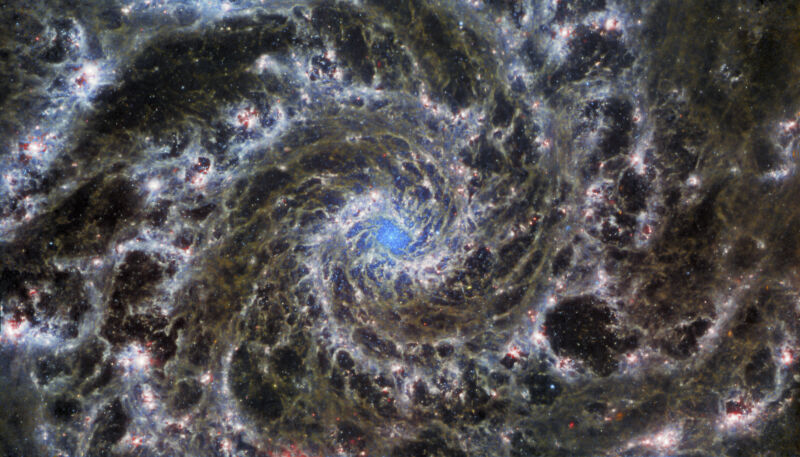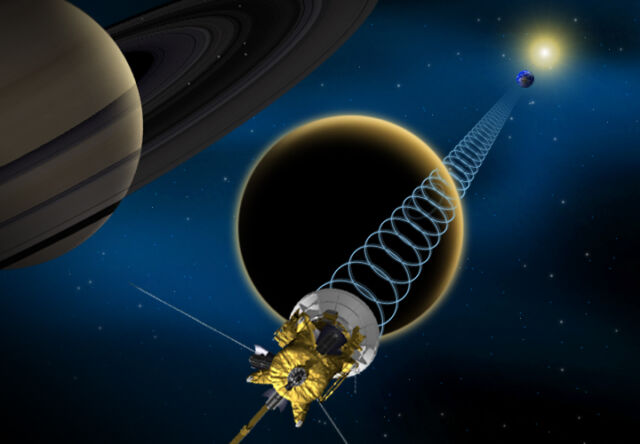
One of the biggest mysteries in astrophysics today is that the forces in galaxies do not seem to add up. Galaxies rotate much faster than predicted by applying Newton’s law of gravity to their visible matter, despite those laws working well everywhere in the Solar System.
To prevent galaxies from flying apart, some additional gravity is needed. This is why the idea of an invisible substance called dark matter was first proposed. But nobody has ever seen the stuff. And there are no particles in the hugely successful Standard Model of particle physics that could be the dark matter—it must be something quite exotic.
This has led to the rival idea that the galactic discrepancies are caused instead by a breakdown of Newton’s laws. The most successful such idea is known as Milgromian dynamics or Mond, proposed by Israeli physicist Mordehai Milgrom in 1982. But our recent research shows this theory is in trouble.
The main postulate of Mond is that gravity starts behaving differently from what Newton expected when it becomes very weak, as at the edges of galaxies. Mond is quite successful at predicting galaxy rotation without any dark matter, and it has a few other successes. But many of these can also be explained with dark matter, preserving Newton’s laws.
So how do we put Mond to a definitive test? We have been pursuing this for many years. The key is that Mond only changes the behavior of gravity at low accelerations, not at a specific distance from an object. You’ll feel lower acceleration on the outskirts of any celestial object—a planet, star, or galaxy—than when you are close to it. But it is the amount of acceleration, rather than the distance, that predicts where gravity should be stronger.
This means that, although Mond effects would typically kick in several thousand light years away from a galaxy, if we look at an individual star, the effects would become highly significant at a tenth of a light year. That is only a few thousand times larger than an astronomical unit (AU)—the distance between the Earth and the Sun. But weaker Mond effects should also be detectable at even smaller scales, such as in the outer Solar System.
This brings us to the Cassini mission, which orbited Saturn between 2004 and its final fiery crash into the planet in 2017. Saturn orbits the Sun at 10 AU. Due to a quirk of Mond, the gravity from the rest of our galaxy should cause Saturn’s orbit to deviate from the Newtonian expectation in a subtle way.

This can be tested by timing radio pulses between Earth and Cassini. Since Cassini was orbiting Saturn, this helped to measure the Earth-Saturn distance and allowed us to precisely track Saturn’s orbit. But Cassini did not find any anomaly of the kind expected in Mond. Newton still works well for Saturn.




















+ There are no comments
Add yours